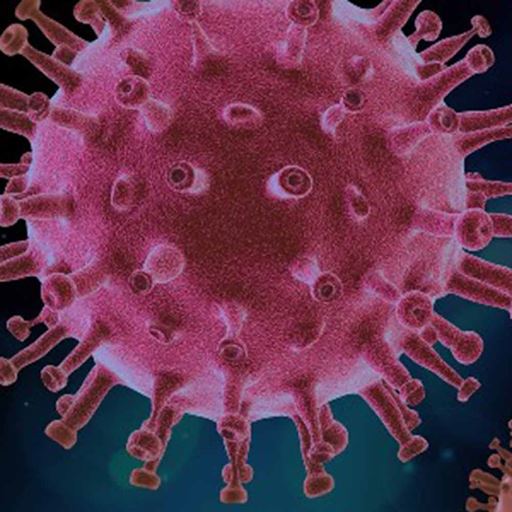Lead author Dr Mike Smith, from the University of Cardiff, added: “As the storm clouds of the looming pandemic gathered, we very quickly collated and summarised the early evidence and guidance for use of lung ultrasound in COVID-19 patients.
“We wanted to take the information that was flying around the research and clinical communities and make it more useful for clinicians - right at the beginning of the pandemic curve. Since then lung ultrasound has emerged as critical to monitoring lung injury caused by COVID-19.
“It’s an amazing tool because we can directly observe the changes in lung damage - and use it to inform how we manage these patients in real time.”
Lung damage is one of the most serious problems for patients with severe symptoms of COVID-19.
Key decisions such as admitting a patient to hospital, moving a patient from a ward to a high dependency unit, or whether they should be put on mechanical ventilation or taken off it, are usually informed by CT scans, chest X-rays or by listening to the chest. But all three methods, for a variety of clinical and infection control reasons, cannot be used effectively in the monitoring of COVID-19.
The review also outlined how different healthcare workers could be trained in use of lung ultrasound to increase its availability.
The review was published in the journal Anaesthesia and was also co-authored by two expert NHS clinicians, Simon Hayward from Blackpool Teaching Hospitals NHS Foundation Trust and Dr Ashley Miller from Shrewsbury and Telford Hospital NHS Trust.

)
.jpg?mh=500&mw=500&hash=6568B6C9CCF5290A596BEF6678B6AD0E)




